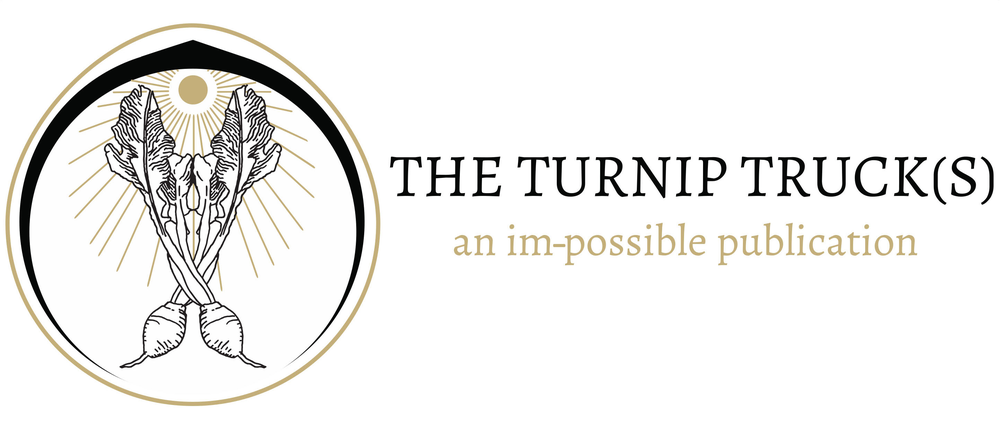One of the great ironies of today’s post-truth age is that it functions through the grotesque appropriation of the postmodern/poststructuralist questioning of reality: e.g., global warming is a “mere construction.” The main apparatus through which false truths are disseminated and what fuels their success is the idea that the “truth” is being conspiratorially kept from the general public. It is therefore up to the “unbiased” to report the real truth. What a strange world we are living in when what was originally the main function of cultural critique—to debunk, expose, demystify, and deconstruct given political, economic, and cultural truths as so many mythologies—is now in the hands of right-wing demagogues.
In such a ludicrous, contemporary situation we need to reassess the role of critique as has been argued by Bruno Latour: “The critic is not the one who debunks, but the one who assembles. The critic is not the one who lifts the rugs from under the feet of the naïve believers, but the one who offers the participants arenas in which to gather. The critic is not the one who alternates haphazardly between anti-fetishism and positivism like the drunk iconoclast drawn by Goya, but the one for whom, if something is constructed, then it means it is fragile and thus in great need of care and caution.”[1] What is needed, in this age of parallel realities and incongruity of truth, is not the destruction of myths, social constructions (what was called the hermeneutics of suspicion), etc., but the creation of assemblages, gatherings, locations of systematic workings, and, most importantly, the critic needs to participate and facilitate the care and stewardship of the real, which is always reducible to the human, the humane, and after all debates are debunked, the lived real.
[1] “Why Has Criticism Run Out of Steam? From Matters of Fact to Matters of Concern,” Critical Inquiry 30, no. 2 (Winter 2004). pp. 225-248, cited in “Real Fictions: Hal Foster on Alternatives to Alternative Facts,” Art Forum (April 2017), pp.166-175.

